Products are selected by our editors, we may earn commission from links on this page.
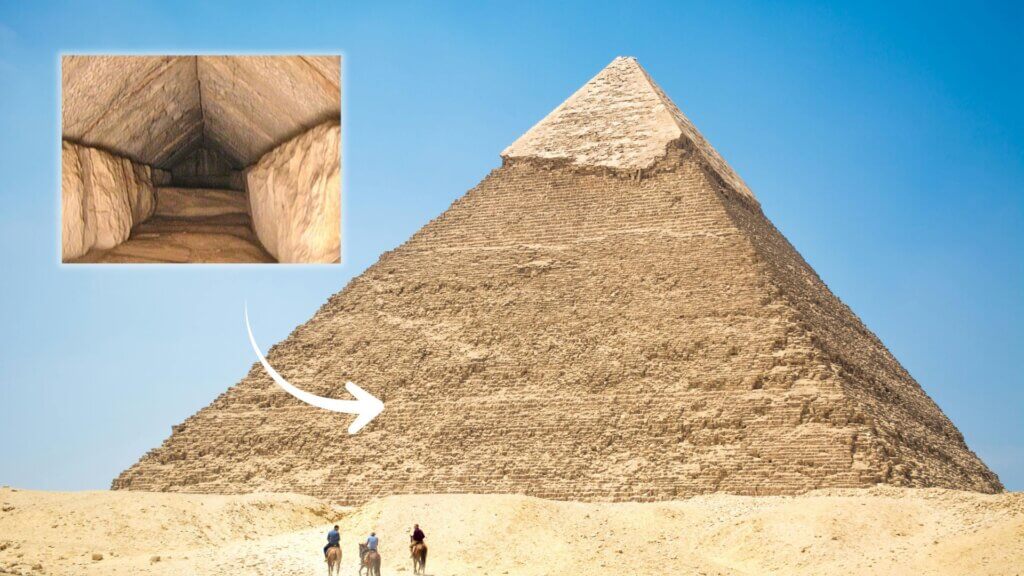
Archaeologists are excited and fascinated by a new discovery: a secret chamber or hidden structure may lie hidden within the Great Pyramid of Giza. Advances in scanning and imaging technology have allowed researchers to see within the walls of these great structures like never before and what they have found is unbelievable.
Breakthrough New Imaging
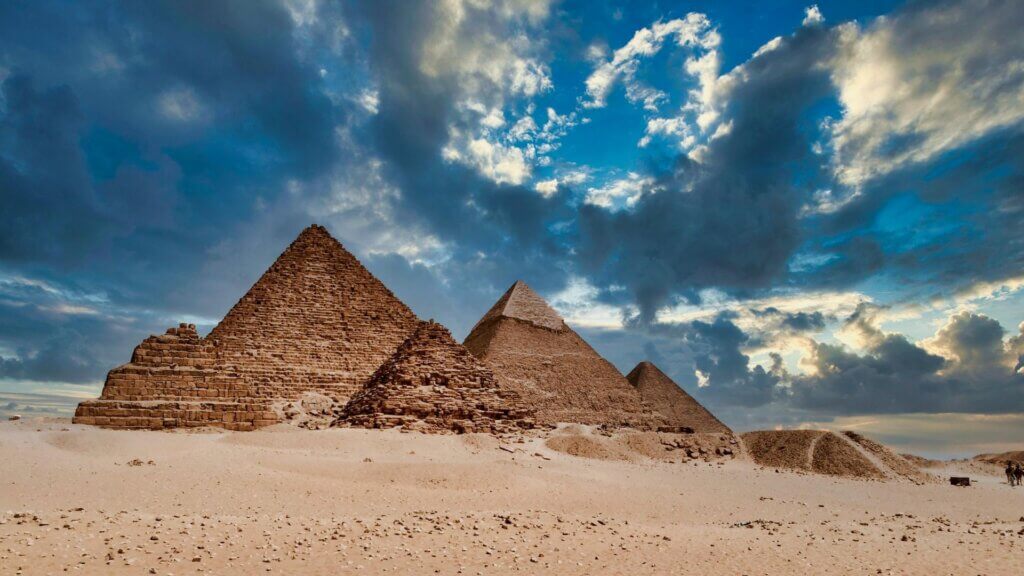
One of the breakthroughs enabling this discovery is muon tomography This is a technique that uses cosmic ray particles called muons to detect empty spaces inside dense structures. Because muons pass more easily through voids than solid stone, detectors placed around the pyramid can reveal hidden cavities. In 2017, the ScanPyramids project used this method to find a major void above the Grand Gallery.
The Big Void
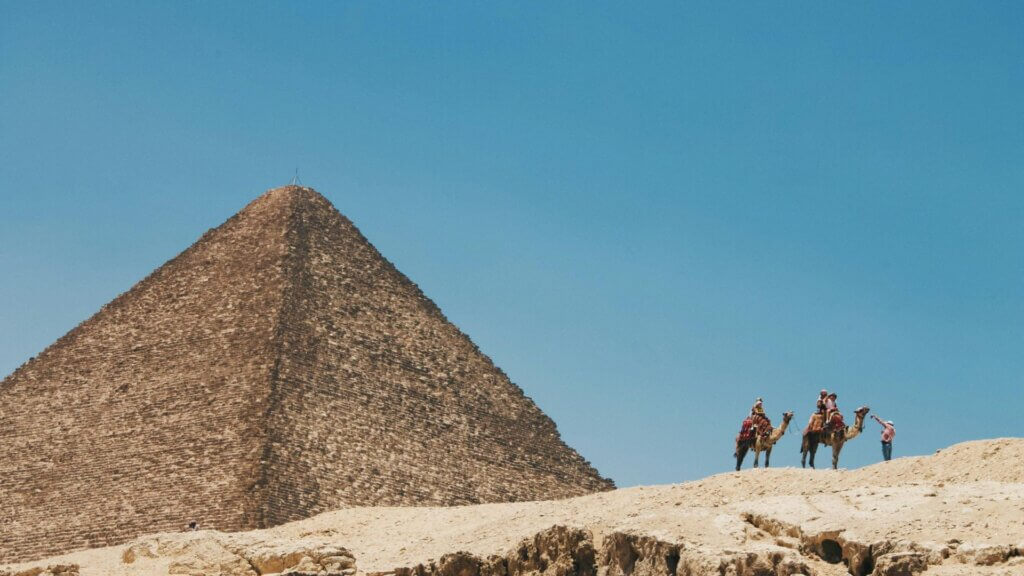
The “ScanPyramids Big Void” is a large cavity with a cross-section similar to the Grand Gallery and a length of at least 30 meters. The discovery is significant because it is the first large interior space found in the Great Pyramid since 19th-century investigations.
A New Corridor Found Discovered
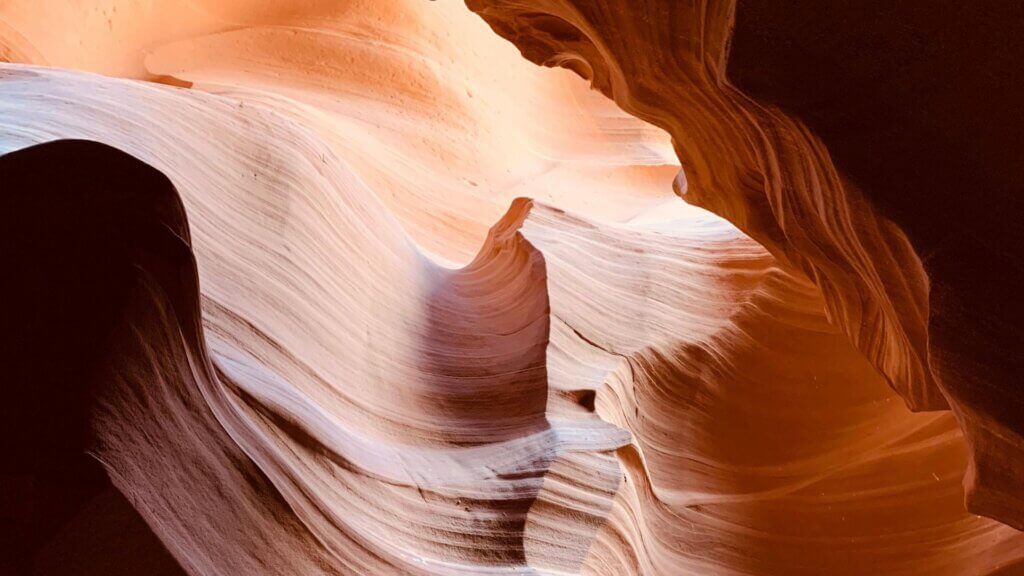
More recently, scholars announced a sealed corridor above the pyramid’s main entrance on the north side. This corridor measures about 9 meters in length and 2 meters in width. Researchers propose this is an engineering strategy to redirect weight or perhaps to conceal a passage that leads deeper into the structure.
Subterranean Structures
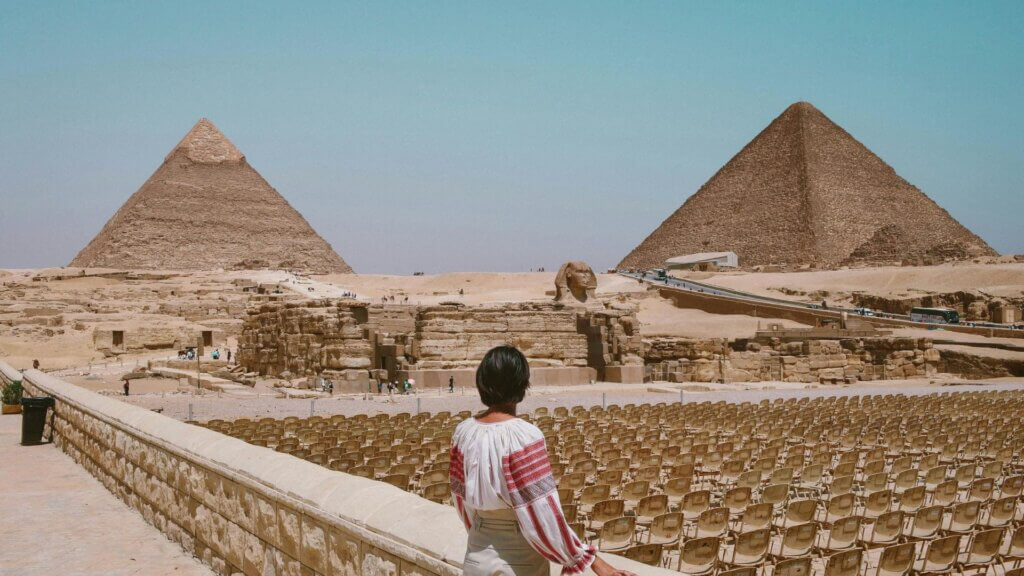
Additionally, ground-penetrating radar and electrical resistivity tomography have revealed L-shaped anomalies beneath the sands near the pyramid’s base, particularly in the Western Cemetery. These structures lie just under the surface and travel down many meters, indicating they may be filled passageways or previously unknown chambers. The connection between the shallow and deep anomalies suggests an integrated subterranean system.
SAR & Doppler Tomography
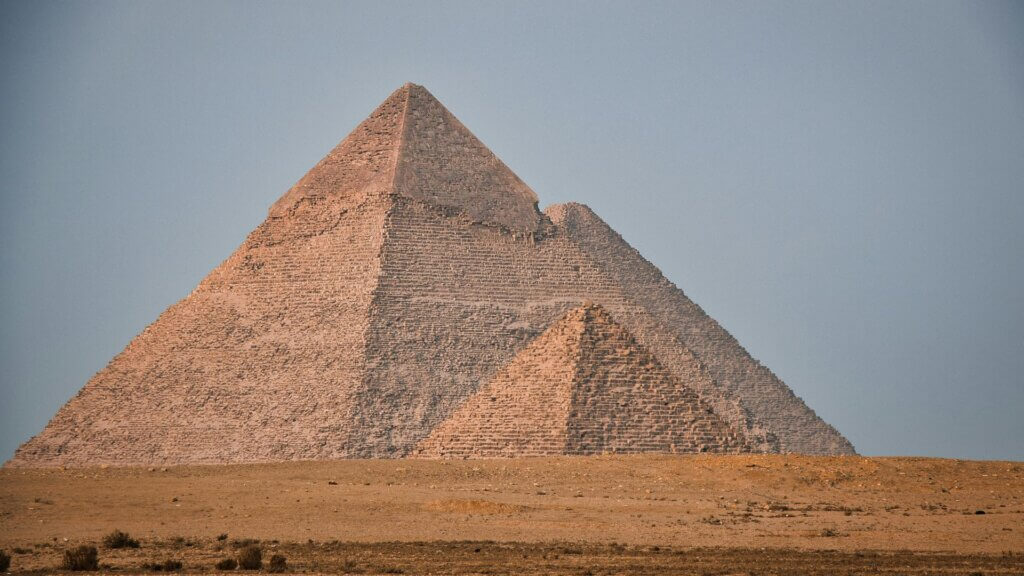
Other teams are using radar techniques to detect micro-vibrations in the pyramid’s stone. These micro movements can hint at hidden features behind surfaces that traditional radar cannot penetrate. Early results suggest interior structures invisible to other methods, opening possibilities for new mapping of hidden spaces.
Construction Purpose Theories
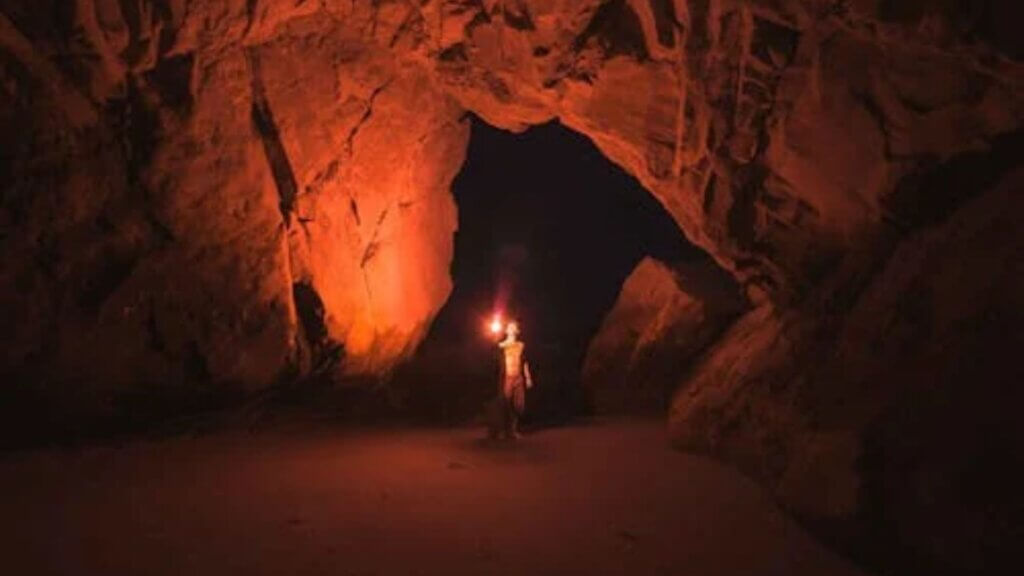
Scholars debate whether these hidden chambers served structural, symbolic, or functional roles. Some believe the Big Void might be a relieving chamber, which is a space designed to reduce weight and stress on lower chambers. Others speculate that secret corridors or subterranean passages might lead to burial chambers, storage rooms, or ritual spaces.
Skepticism & Caution
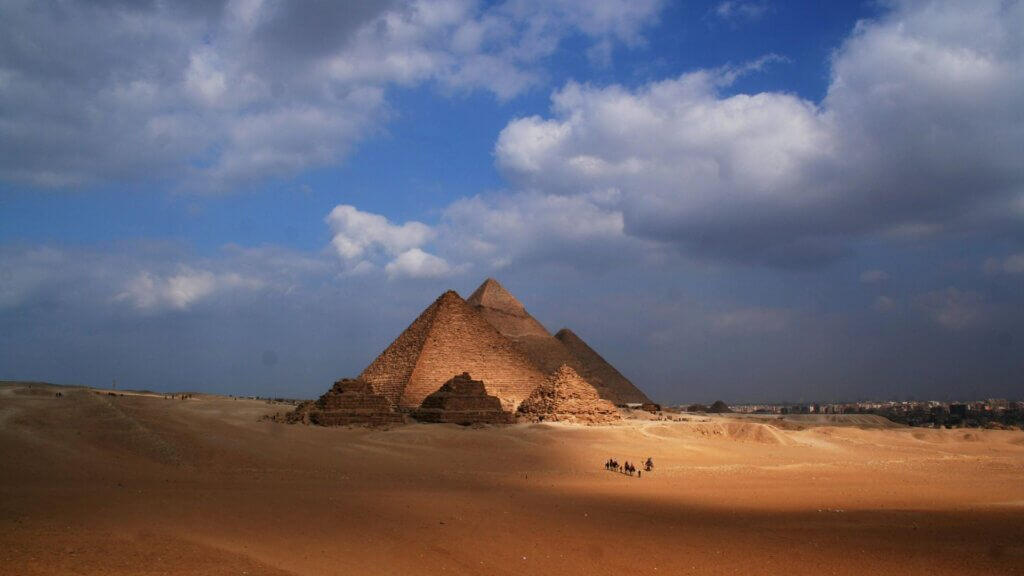
Not all experts accept these theories. Some caution that anomalies may simply come from stone packing, shifts in material density, or voids that aren’t intentional rooms. In other words, these spaces might have been created naturally by the elements overtime, rather than crafted by humans intentionally.
Next Steps
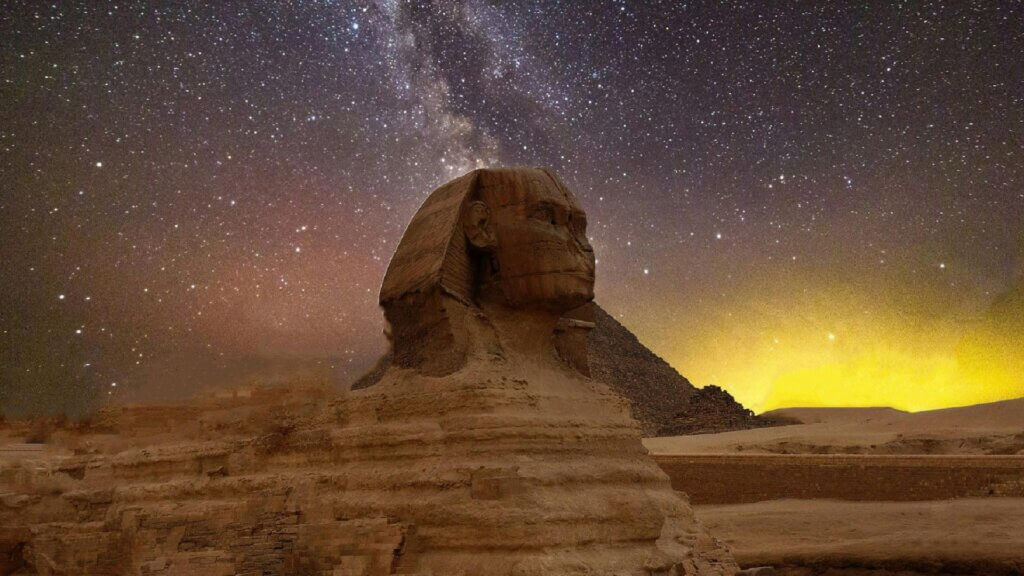
Future plans include higher-resolution scans, deployment of robotic explorers, and non-invasive probes through narrow shafts to learn more about the contents of the Pyramids. The goal is to pinpoint entrances and map interior space in three dimensions, without harming the pyramid itself.
Conclusion
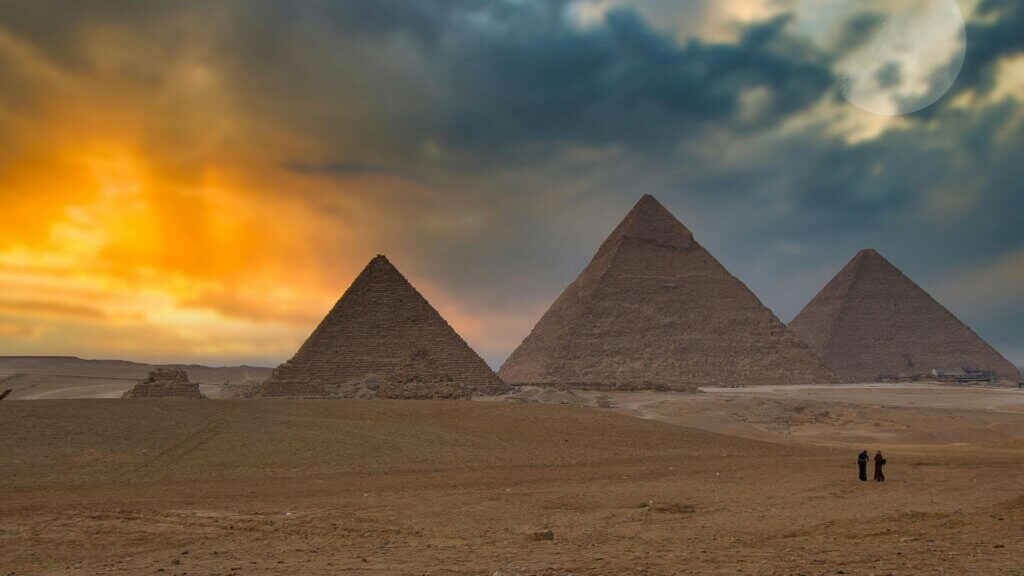
The discovery of a secret chamber or hidden structures in the Great Pyramid is an exciting insight into the past. If researchers persist and working with evolving technologies, we may soon have a conclusive 3D map of what the interior of the Great Pyramids looks like, without ever actually stepping inside.

